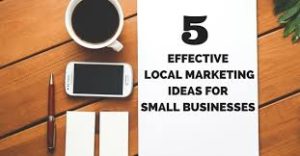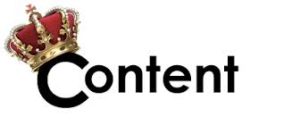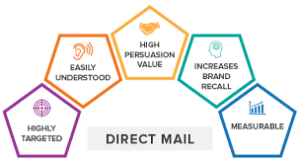Everywhere we go, every single day, we are subjected to a world of in your face advertising. Turn on the TV, your radio, the internet, Facebook, emails, billboards, leaflets, magazines, I could go on but you get the message, right?
Arguably, spam emails and unsolicited junk mail form part of the direct advertising tool used by marketers, businesses big & small for in your face advertising. The majority of it we never asked for or subscribed these marketing messages that we all receive on a daily basis.
Let’s first take a quick look at the predecessors of the spam techniques that marketers have used and are still using today. Some of which have been totally abused and are thus illegal or restricted.
Advertising mail is probably the first type of direct marketing used to sell a product or service directly to the consumer. It was also the first to be termed Junk mail, since it was over used by marketers, and people started seeing it as a nuisance. Besides you didn’t ask for it!

Advertisements are found in newspapers and magazines mixed up with interesting articles where the ratio of articles to advertisements varies depending on the publication. With some publications having a section for adverts, whereas others having articles hiding a discreet marketing message within them. But generally these are accepted, WHY?
Radio and TV commercials are another nuisance that we have to endure on a daily basis. Some stations are dedicated to simply selling stuff, whereas others mix their ads into the mix of movies, soap operas, news broadcasts, talk shows and many TV series. Again this is accepted but no different to junk mail, isit?
There are other similar techniques used to promote a product or brand. These include door to door leaflet delivery, cold calling, telemarketing, voicemail marketing and last but not least billboards.
While writing this article, I recall the frustration I felt every time the film I was watching was paused for an advertising break, or the countless ad pages I have to sift through in a newspaper or magazine, just to get to a section of interesting reading. But at the same time, we are tolerant to such marketing content. WHY I ask?
However we treat “junk mail” very differently, we do our best to stop that. Why do we need to subscribe in order to receive spam? I never subscribed to the billboards on the side of the road, TV ads, radio commercials ect.
Compared to all the marketing techniques described above, email marketing is the cheapest way of sending a marketing message to millions of people. Being so cheap, it is the tool of choice for marketing teams with a small budget trying to sell cheap products. Most of the times, such products do not deliver what they promise.
Most of the marketing techniques described above deliver something useful. This is true for newspapers, magazines, TV and radio. These media would not be free, or would be much more expensive had it not been for the ads.
Unfortunately with email marketing, you run the risk of being exposed to malware and fraudulent emails. Worms and viruses often make use of email and spam techniques to propagate.
Similar to junk mail received at your home mailbox, spam frequently gets mixed up with emails from friends, colleagues, and bosses. And probably this is the thing that we hate most about spam, the fact that it is sometimes difficult to distinguish a legitimate email from a spam email at first glance.
So while email marketing is the tool of choice for most marketing teams, it does require stringent regulations to ensure that it does not get abused. Some countries have updated their regulations to cover spam, but others still have to catch up. In any case, regulations are not stopping cheap email marketers and fraudulent emails and until that happens, it is wise to make use of a good anti-spam product.

















